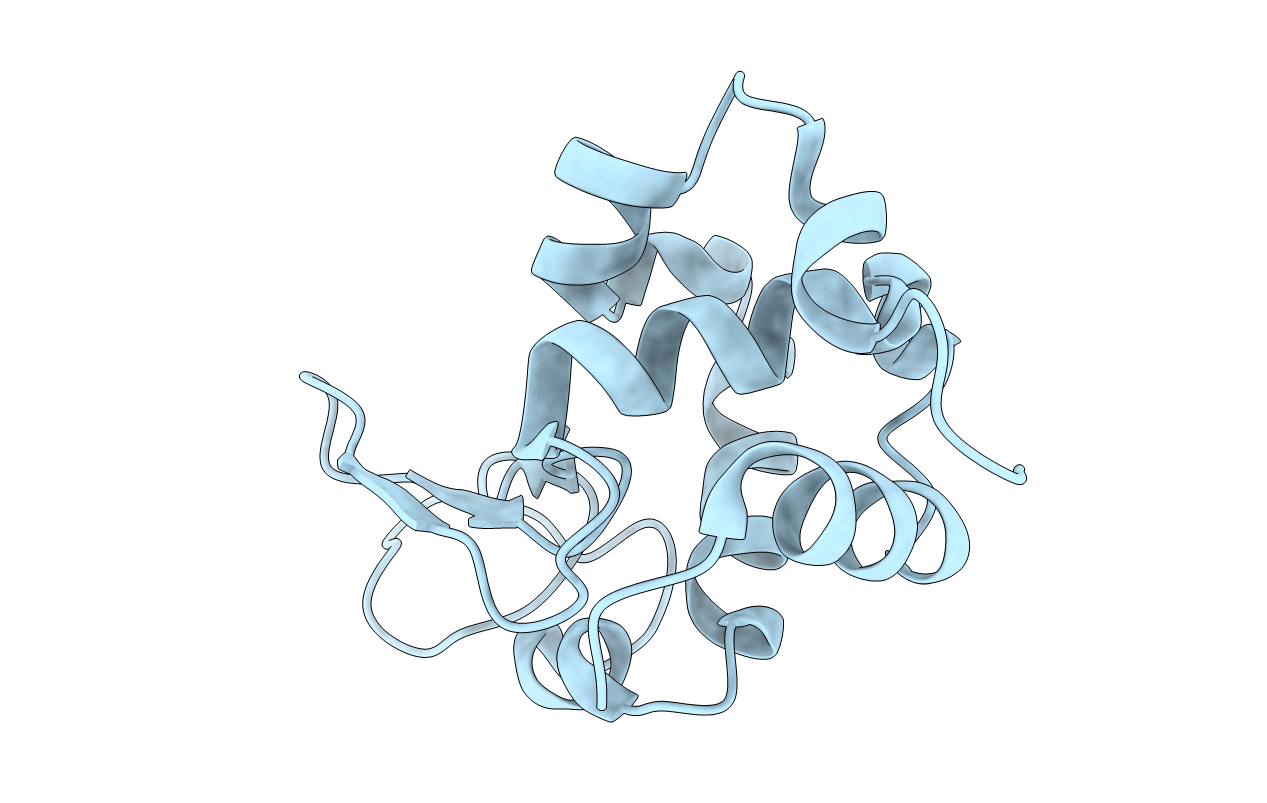
Deposition Date
2022-02-08
Release Date
2022-03-02
Last Version Date
2024-11-20
Entry Detail
PDB ID:
7WUC
Keywords:
Title:
Room-temperature structure of lysozyme by serial femtosecond crystallography (BITS)
Biological Source:
Source Organism:
Gallus gallus (Taxon ID: 9031)
Method Details:
Experimental Method:
Resolution:
2.10 Å
R-Value Free:
0.24
R-Value Work:
0.22
R-Value Observed:
0.22
Space Group:
P 43 21 2


